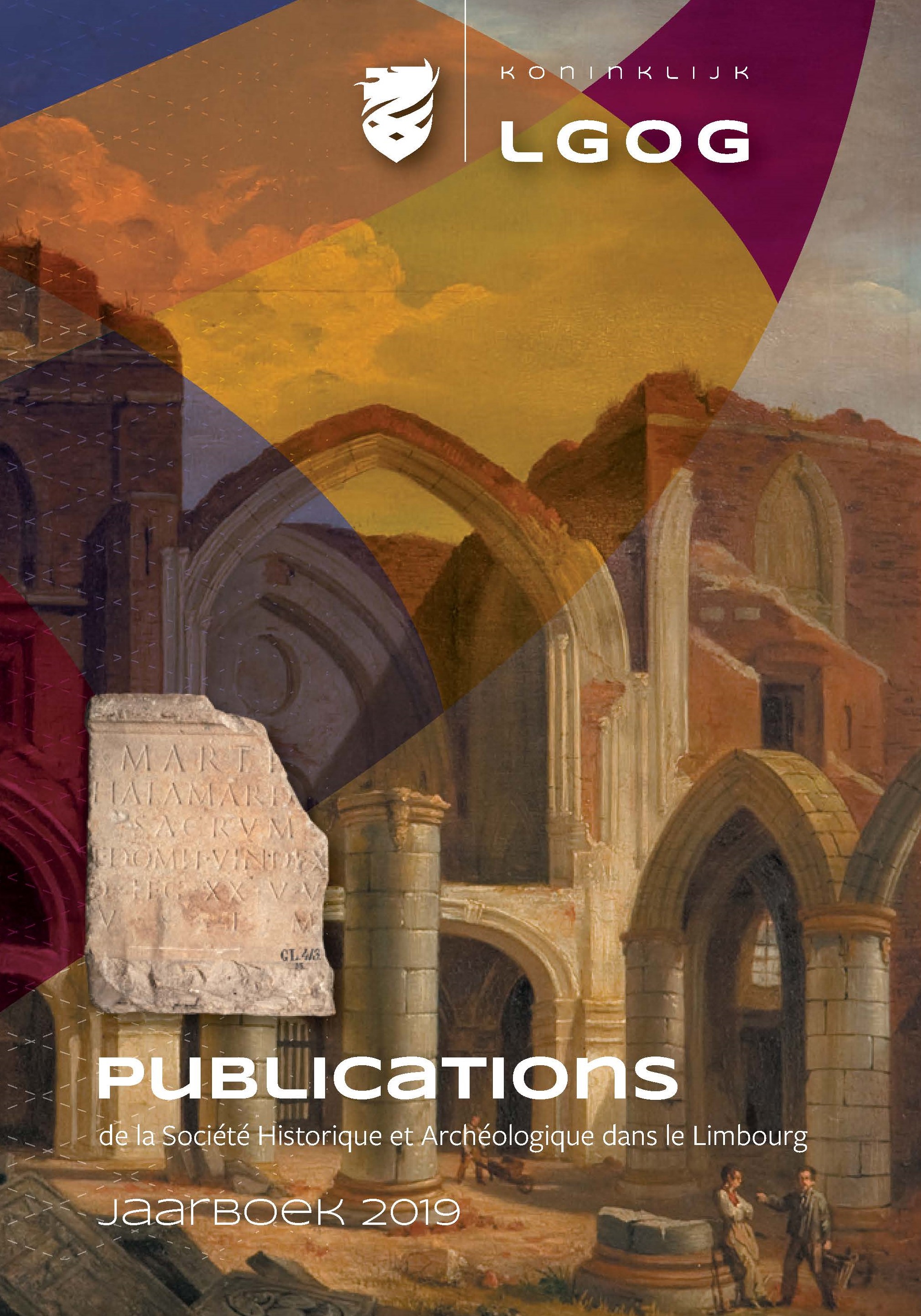Het klooster Maagdendries en de Moderne Devotie in Maastricht
Samenvatting
This contribution traces the medieval history of Maagdendries, one of the women’s convents in the city of Maastricht. It started as a community of beguines, situated near St Andrew’s Chapel south of the city walls and mentioned for the first time in 1264. The sisters earned a livelihood by weaving linen. In the 1430s the community changed both location and status, adopting the Third Rule of St Francis. The remaining part of the contribution investigates the relationship of Maagdendries with the Devotio Moderna. From an institutional point of view its position was peculiar. Maagdendries was ahead of most Modern Devout communities in combining Tertiary status with both enclosure and the three monastic vows. It was isolated insofar as it never appears to have joined the Chapter of Zepperen, which united the Tertiaries of the diocese of Liège. Its most important treasure is a collection of fifteen manuscripts, containing a great number of different texts. Maagdendries possessed quite a number of texts that were rare or even unique texts, but it also shared a considerable number of them with the nearby convents of Catharinadal at Hasselt (Tertiaries) and of Saint-Agnes at Maaseik (Regular Canonesses). In this respect, Maagdendries had a Modern Devout profile. '('
Downloads
Downloads
Gepubliceerd
Nummer
Sectie
Licentie

Dit werk wordt verdeeld onder een Naamsvermelding 4.0 Internationaal licentie.
Auteurs behouden het volledige auteursrecht op hun werk en verlenen het tijdschrift het recht van eerste publicatie. Artikelen worden verspreid onder de voorwaarden van de Creative Commons Naamsvermelding 4.0 Internationaal (CC BY 4.0).



